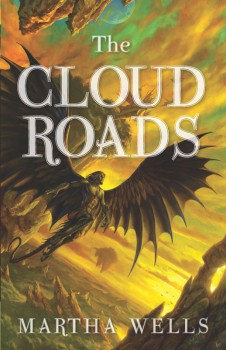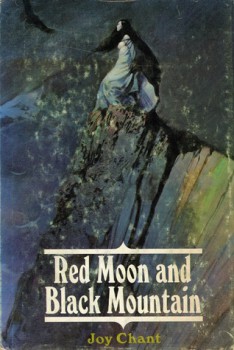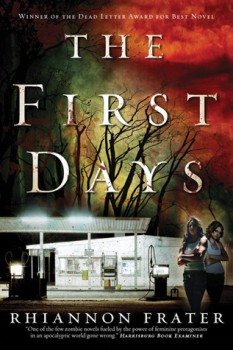Triptych, by J.M. Frey: A Review
 Triptych
Triptych
J.M. Frey
Dragon Moon Press (286 pp, $19.95, March 2011)
Science fiction typically makes certain assumptions about alien races. For example, that they use language in ways we understand. Or, that they imagine gender and sex in ways familiar to us. The second is a far more unlikely assumption; language, or communication more broadly, is something one would expect to develop in intelligent species, and in a way defines for humans what intelligence is. But sex necessarily is a thing of the body, and so will vary with the composition of the body. An alien body won’t have human sexual responses.
J.M. Frey’s novel Triptych tries to tell a story with that awareness in mind. I’m not entirely convinced by the book, but I think it’s effective overall. Both its flaws and virtues seem to me to follow from specific genre traditions, with the result that it feels oddly like an old-fashioned science fiction novel that happens to have some twenty-first-century attitudes about sexuality.
A triptych is a work of art, typically a painting, in three parts. Usually the central part is the most prominent. That’s essentially the structure of the novel: three parts, plus a prologue and epilogue. The prologue sets up a near-future world in which alien refugees have come to earth. Their integration into human society comes through working with a multinational organization called the Institute, physicists and linguists and other specialists, all given military training. The first part of the story proper then skips back to 1983, setting up a time travel plot. The second part gives us the tale of one of the alien refugees, up to the point where the prologue begins. The third part, and the epilogue, wrap up the plot and solve the remaining mysteries. And through all these sections, the book is actually telling a love story, or at least the story of an unconventional relationship: another triptych, a polyamorous love between an alien and two humans.
 The Cloud Roads
The Cloud Roads Red Moon and Black Mountain
Red Moon and Black Mountain Mind Storm
Mind Storm Westlake Soul is twenty-three, a good-natured surfing champion with a loving family, loving girlfriend, and loving dog. Then a terrible fall leaves him in a vegetative state, unresponsive to the outside world — but, locked in his own mind, he’s a superintelligent superhero, astrally projecting to the moon and battling the mysterious villain named Doctor Quietus. Westlake can’t affect the outside world; can’t even twitch a finger, can only sit and be cared for by his mother and father and little sister, and the nurses they hire. But he can see what goes on around him, and react, if only internally.
Westlake Soul is twenty-three, a good-natured surfing champion with a loving family, loving girlfriend, and loving dog. Then a terrible fall leaves him in a vegetative state, unresponsive to the outside world — but, locked in his own mind, he’s a superintelligent superhero, astrally projecting to the moon and battling the mysterious villain named Doctor Quietus. Westlake can’t affect the outside world; can’t even twitch a finger, can only sit and be cared for by his mother and father and little sister, and the nurses they hire. But he can see what goes on around him, and react, if only internally. You sunk my interest.
You sunk my interest. The First Days
The First Days Ashes of Candesce
Ashes of Candesce Dark Shadows is the first victim of
Dark Shadows is the first victim of 